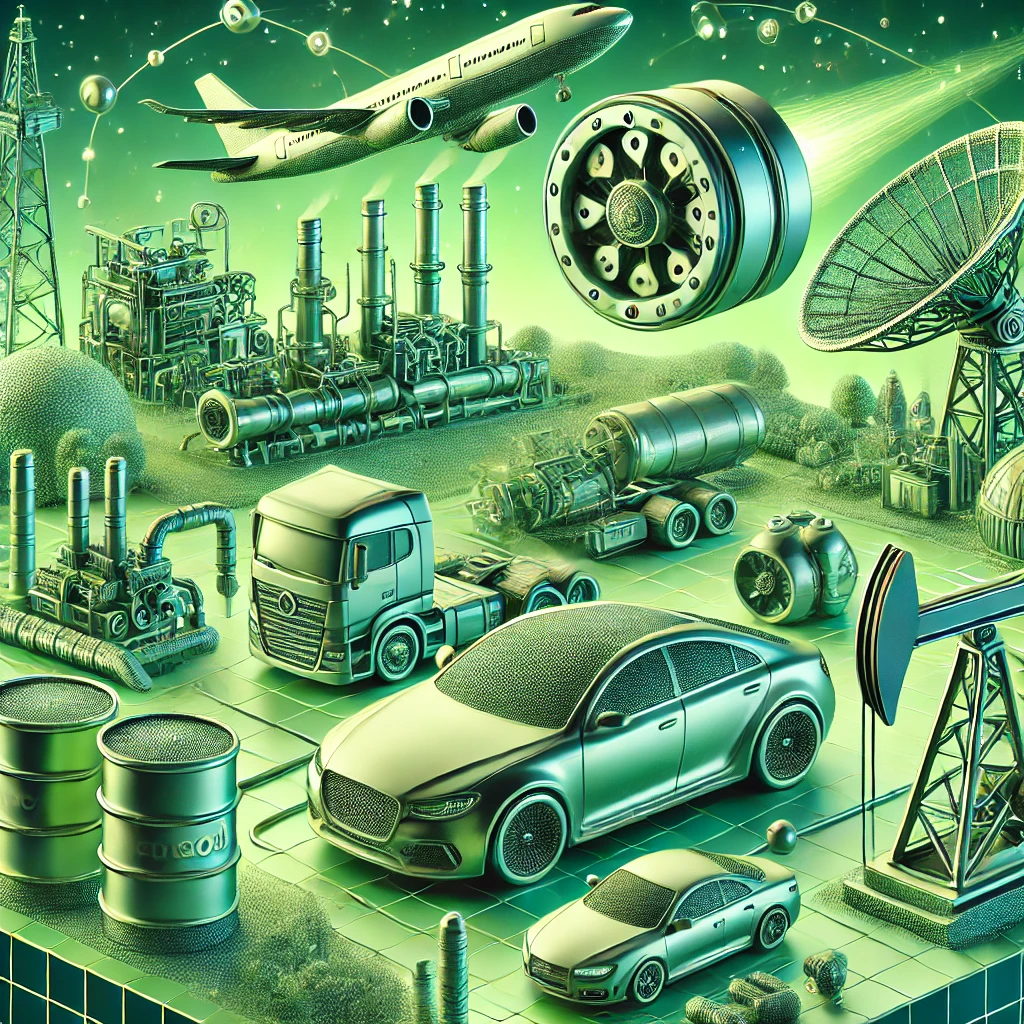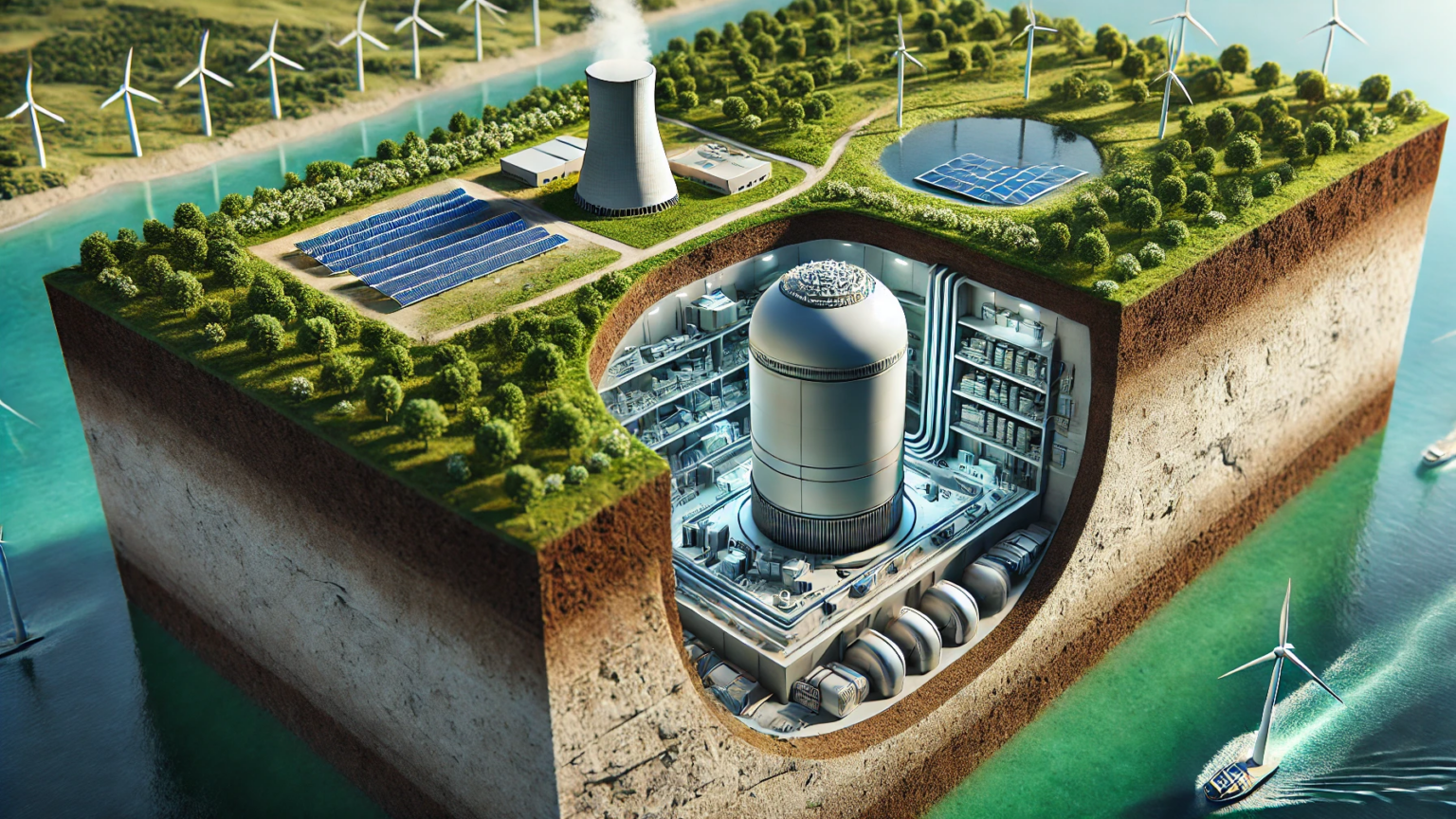As the world continues to shift towards a more sustainable and renewable energy future, one of the biggest challenges is to develop effective and efficient energy storage solutions. Batteries have been a crucial component of this effort, enabling the storage and utilization of energy from renewable sources like solar and wind power. However, existing battery technologies still have limitations in terms of cost, performance, and safety. That is why researchers around the world are working tirelessly to develop new chemistries and technologies that could revolutionize the way we store and use energy. In this article, we will explore the history and current state of battery technology, as well as the most promising new chemistries and industry applications that are driving demand for new innovations.
The Past and Present of Battery Technologies
Batteries have been around for centuries, evolving from simple voltaic cells to complex rechargeable systems. The history of batteries can be traced back to the late 1700s, when Italian physicist Alessandro Volta invented the first battery of its kind. Since then, batteries have become an essential component in our daily lives, powering everything from small portable devices to grid-scale energy storage systems.
Today, the most commonly used battery technology is lithium-ion batteries. These batteries have become ubiquitous in everything from smartphones and laptops to electric vehicles and stationary energy storage systems. Lithium-ion batteries are known for their high energy density, long cycle life, and relatively low self-discharge rate. However, they also have limitations such as a finite lifespan, potential for thermal runaway, and high cost.
To address these limitations, researchers and engineers are exploring new chemistries and technologies that could revolutionize the battery industry. Some of these include solid-state batteries, which use metals like aluminum or zinc, instead of more scarce and expensive lithium. These new technologies could offer higher energy density, longer cycle life, and improved safety compared to existing lithium-ion technology. However, today’s lithium-ion batteries are still improving, and will likely remain a large part of the energy storage system.
How Industry Will Utilize the Latest Battery Innovations
Industry leaders are recognizing the need for more efficient and cost-effective energy storage solutions, and are investing in the development of new battery technologies. One of the key areas of focus for these efforts is electric vehicles (EVs), which rely on high-capacity batteries to power their electric motors. Today’s EV batteries are predominantly lithium-ion based, but the development of new technologies such as solid-state batteries and metal-air batteries could enable longer driving ranges, faster charging times, and improved safety profiles.
Renewable energy is another area where battery technology is playing a critical role. Batteries are essential for storing energy generated from sources like solar and wind power, which are intermittent by nature. By using batteries to store excess energy during times of low demand, renewable energy systems can provide a reliable source of power even when the sun isn’t shining or the wind isn’t blowing. As renewable energy continues to grow, the demand for energy storage solutions is expected to rise, and the development of new battery technologies will be key to meeting this demand.
While electric vehicles and renewable energy are arguably the two largest applications, new battery technologies are also being used in a variety of other applications. For example, data centers are increasingly relying on batteries to provide backup power in the event of a power outage. Meanwhile, the use of drones and other unnamed vehicles is also driving demand for high-performance batteries that can provide extended flight times. As the demand for energy storage solutions continues to grow across a range of industries, the future of battery technology looks bright, with new innovations on the horizon that could revolutionize the way we store and use energy.
New Battery Chemistries
There are numerous promising new battery chemistries that are being developed to meet the growing demand for more efficient and sustainable energy storage. One such chemistry is the solid-state battery, which uses a solid electrolyte instead of the liquid or gel electrolytes found in traditional lithium-ion batteries. This technology has the potential to increase energy density, reduce the risk of overheating, and improve safety performance. Another promising development is the lithium-sulfur battery, which has a higher energy density than lithium-ion batteries and uses sulfur instead of cobalt, an expensive material often sourced from conflict zones. Other emerging battery chemistries include sodium-ion, zinc-air, and flow batteries, each with their own unique combination of advantages and disadvantages.
Solid-State
Solid-state batteries are a new type of battery that is often considered the most promising means of revolutionizing energy storage. As their name suggests, these batteries use a solid electrolyte instead of a liquid electrolyte to move ions between the anode and cathode. The solid electrolyte is usually made of a ceramic material or a polymer that can conduct ions but is not flammable. When a voltage is applied to the battery, ions move from anode to cathode through the solid electrolyte, creating a flow of electrons that can be used as an electrical current. The use of a solid electrolyte offers several critical advantages over traditional lithium-ion batteries, including higher energy densities, faster and more efficient charging, and increased safety. One reason for this is because the use of a solid electrolyte prevents the growth of dendrites, which are tiny metallic fibers that can form in liquid electrolytes and cause short circuits, leading to overheating and fires. Solid-state batteries are also more stable at high temperatures and less affected by cold temperatures, making them capable of more consistent operation at higher voltages and allowing for greater power output. Although the production of solid-state batteries is still in its infancy, researchers and companies are investing heavily in this technology, and it has the potential to transform the energy storage industry in the future.
Sodium-Ion
Sodium-ion batteries are another new type of battery that may play a significant role in the future of energy storage. These batteries use sodium ions instead of lithium ions to create an electrical current. Sodium-ion batteries work similarly to lithium-ion batteries in that they have an anode and a cathode separated by an electrolyte. However, in sodium-ion batteries, the anode is made of a material that can absorb sodium ions, such as graphite, while the cathode is made of a material that can release sodium ions, such as sodium cobalt oxide. When a voltage is applied to the battery, sodium ions move from the anode to the cathode through the electrolyte, creating a flow of electrons that can be used as an electrical current. The use of sodium instead of lithium offers several advantages, including the abundance of sodium compared to lithium, making it a cheaper and more sustainable option. Sodium-ion batteries also have a lower risk of thermal runaway than lithium-ion batteries, making them safer. Recent breakthroughs by the Pacific Northwest National Laboratory and others have put the spotlight onto this technology, but many engineering challenges remain to see these batteries become a viable alternative to lithium-ion batteries in the future.
Lithium-Sulfur
Lithium-sulfur batteries work by using lithium as the anode material and sulfur for the cathode, which react to produce electricity. Unlike lithium-ion batteries which use heavy metal oxides in the cathode, lithium-sulfur batteries use sulfur to achieve a higher theoretical energy density at a lower cost. The unique chemistry of lithium-sulfur batteries also allows them to store more energy than traditional lithium-ion batteries, potentially leading to longer-lasting and more powerful batteries. However, lithium-sulfur batteries have faced many of the same challenges as other developing battery technologies, such as a low cycle life and poor conductivity, limiting their commercial use. Fortunately, there have also been significant advancements made in lithium-sulfur battery research, most recently by using a porous sulfur-containing interlayer to achieve a higher energy density and improved cycle life. While many challenges remain, lithium-sulfur batteries remain one of the most promising technologies to power the future of energy storage.
Charging Ahead
The future of battery technologies is both exciting and promising. With the rapid growth of industries such as electric vehicles, renewable energies, and portable electronics, the demand for more efficient, cost-effective, and sustainable energy storage solutions has never been higher. Over the years, the development of batteries has come a long way, from the early days of lead-acid batteries to the current widespread use of lithium-ion batteries. However, as we face new challenges and opportunities in the field of energy storage, new battery technologies are being developed to meet these needs. From sol-state batteries to lithium-sulfur batteries, each new battery chemistry offers unique advantages and challenges, with the potential to revolutionize the energy storage industry. With further research and development, the future of batteries looks bright, offering exciting opportunities for a more sustainable and energy-efficient world. To learn more about how Noah Chemicals can manufacture, supply, or provide Chemical Services for your company or battery project, please call us at (888)-291-1186 to get a quote or fill out our request a quote form here.




